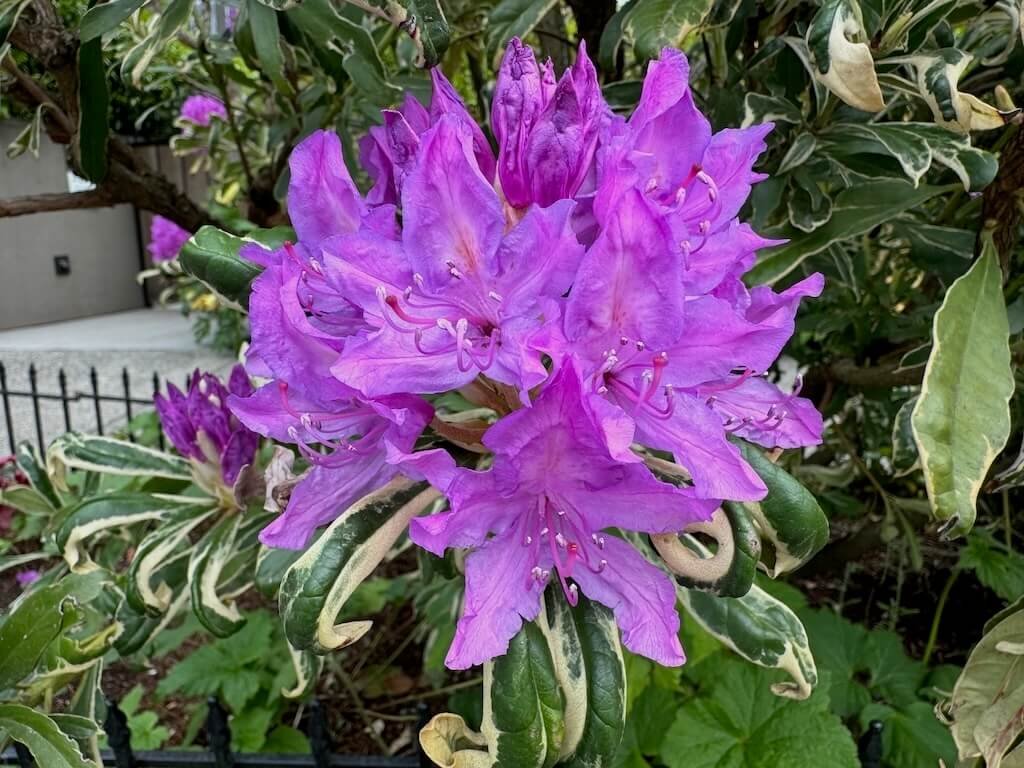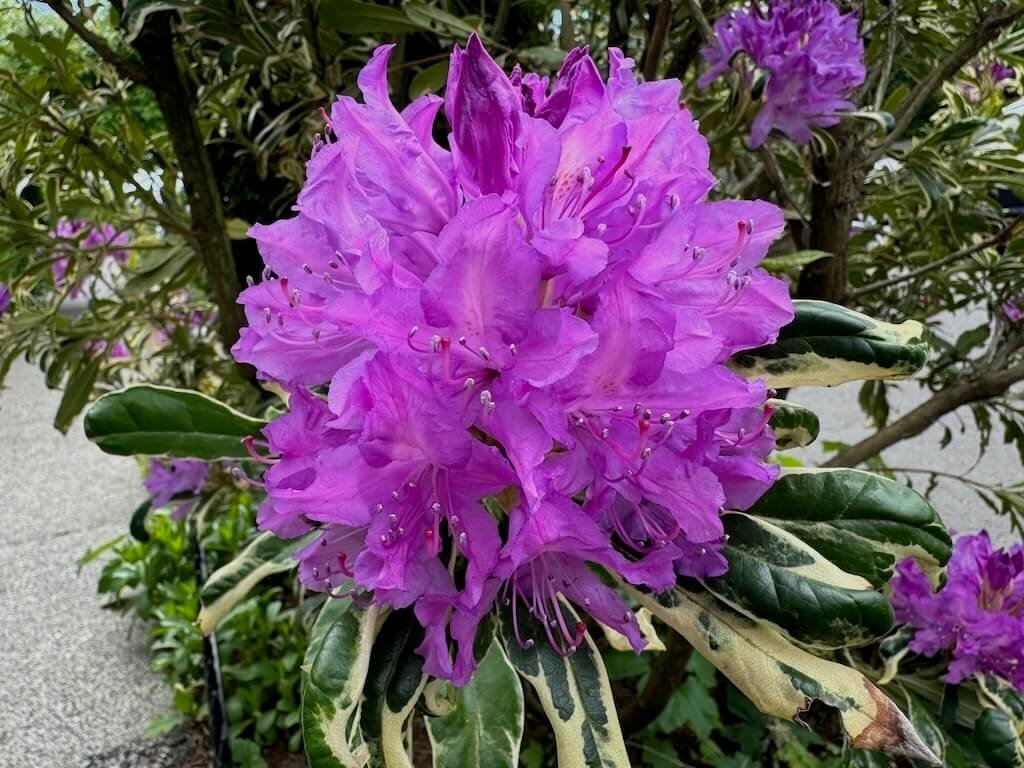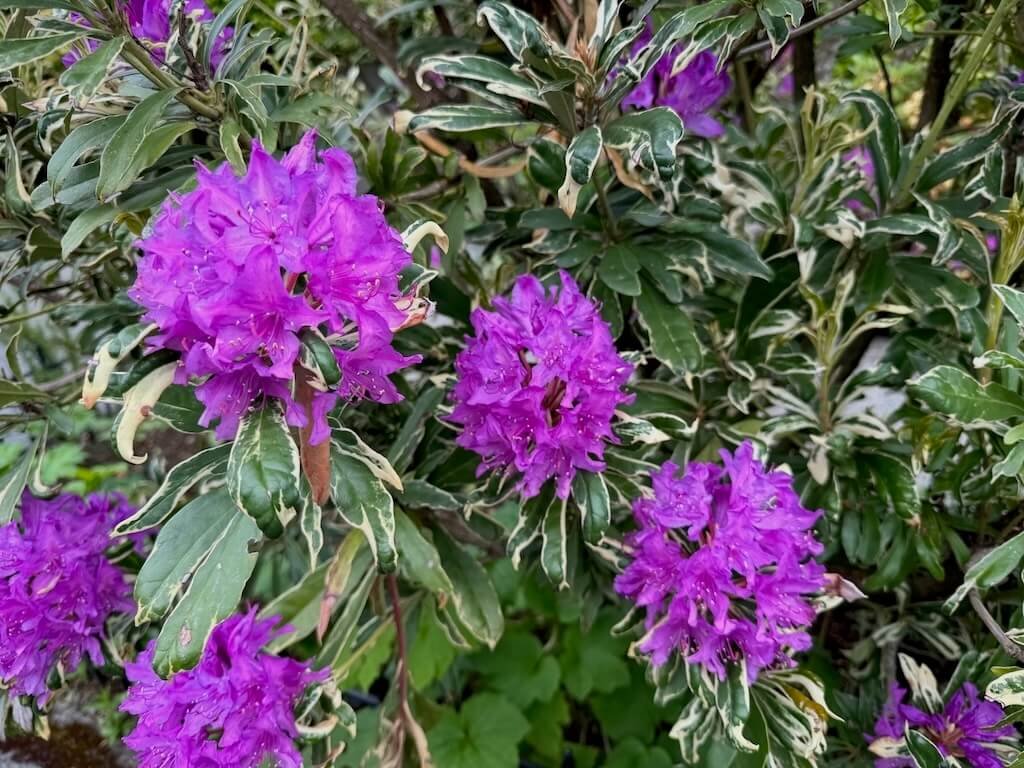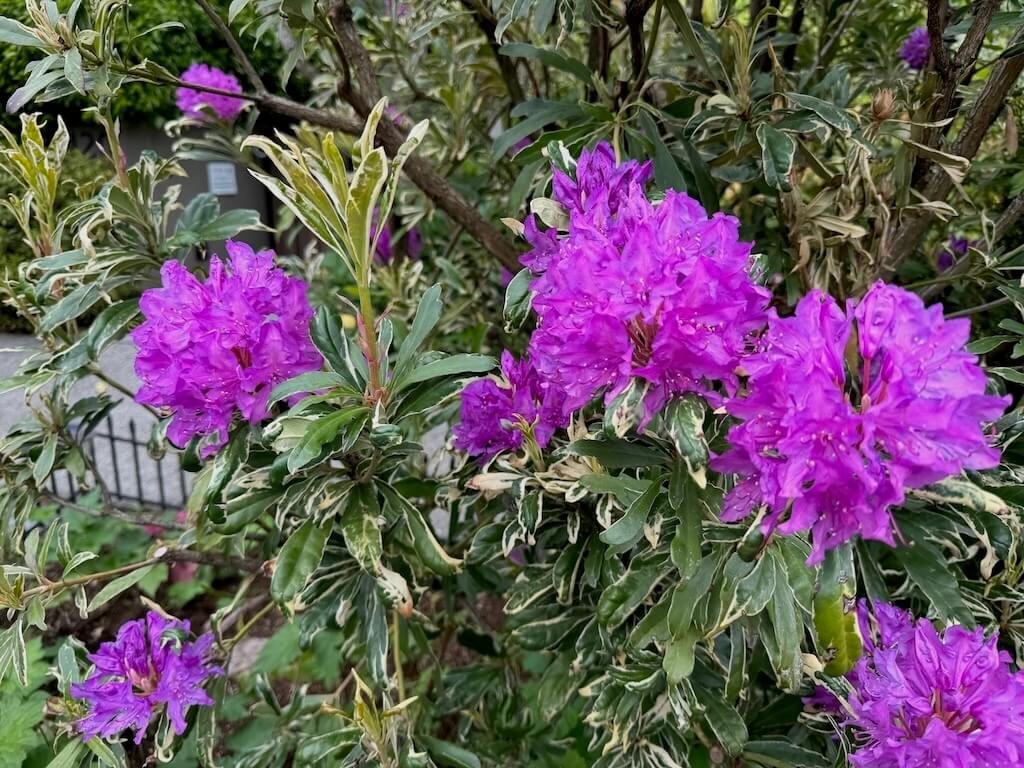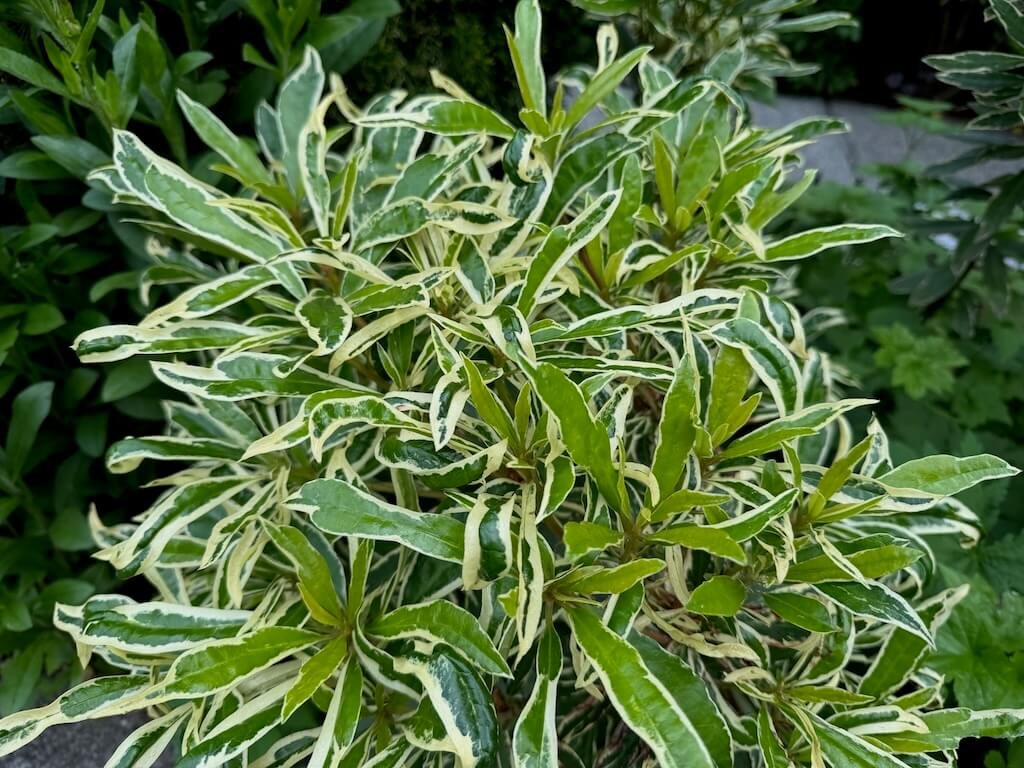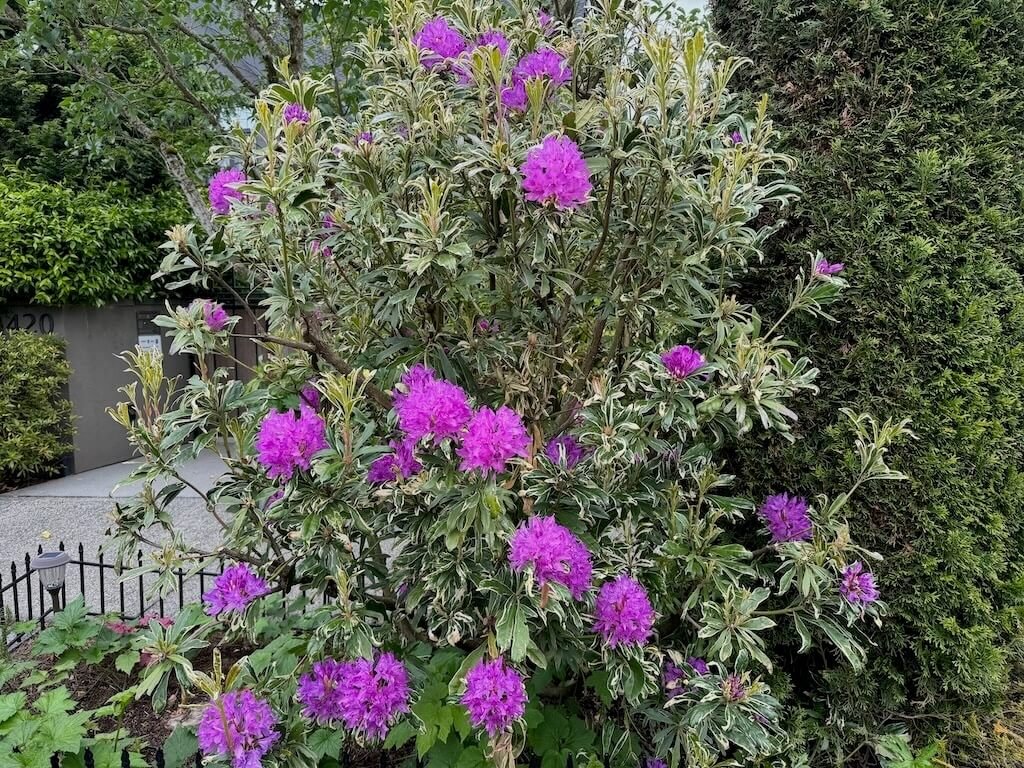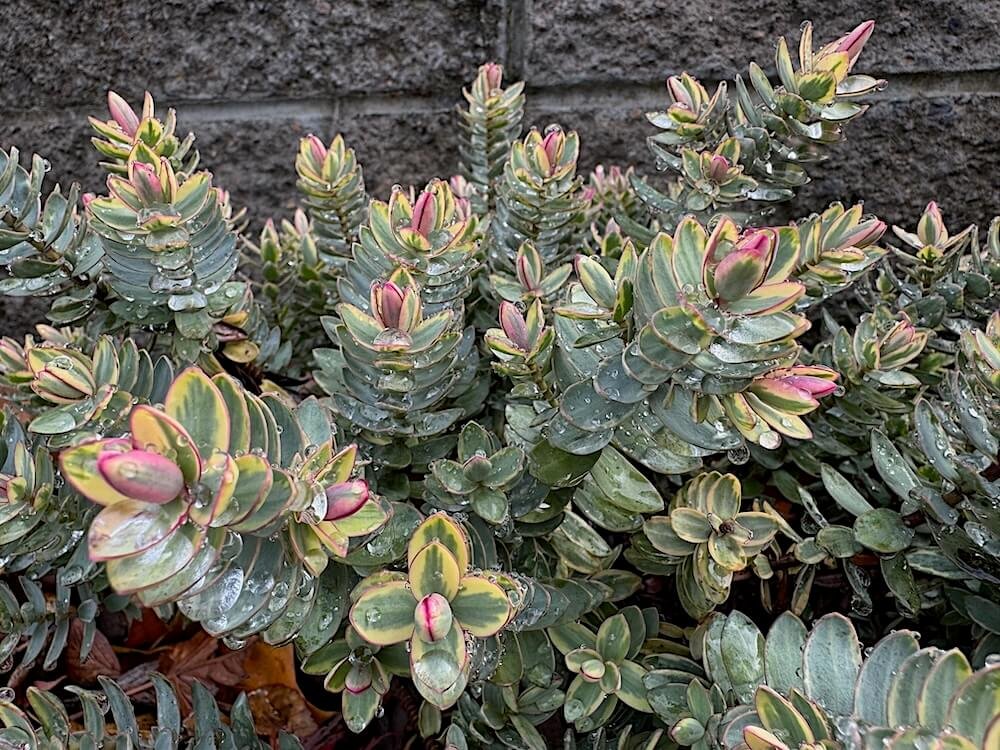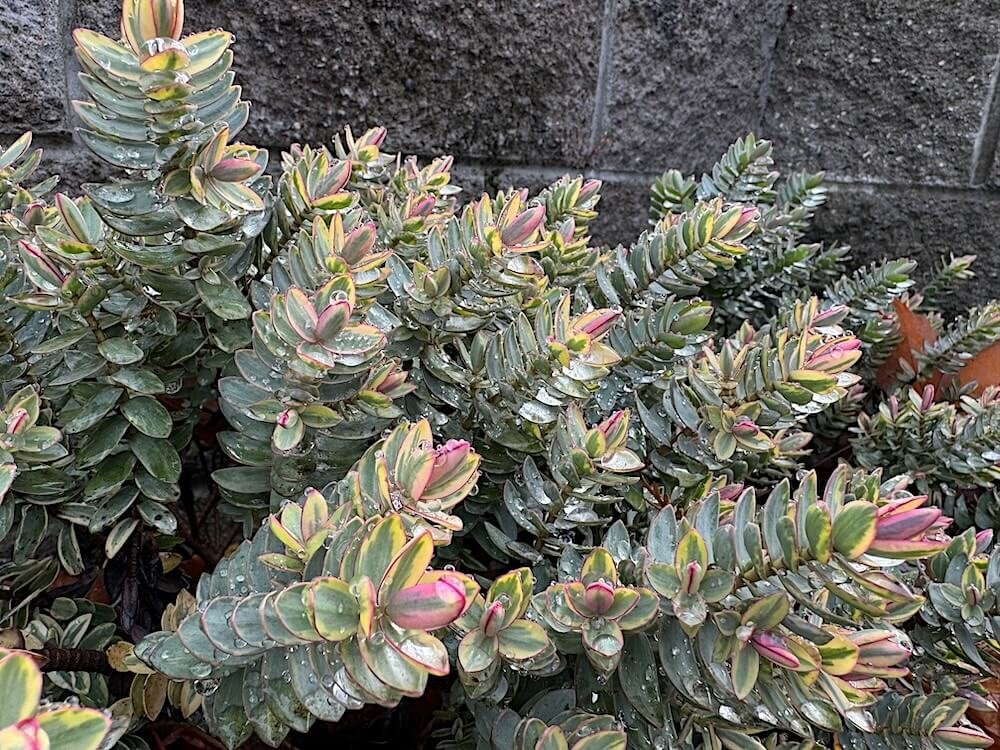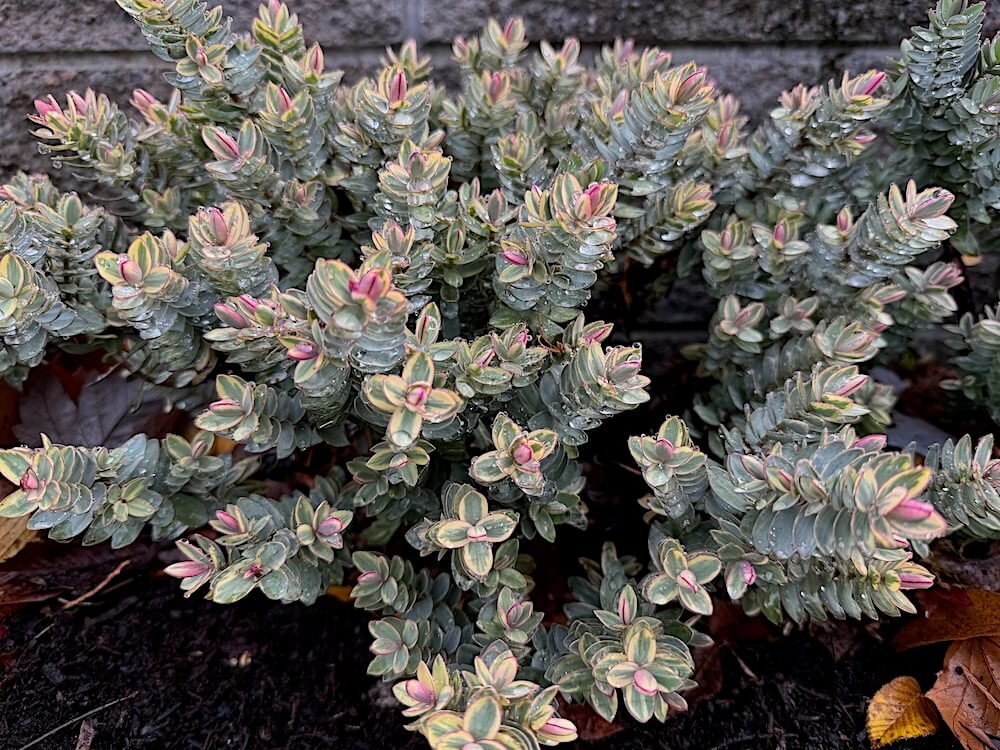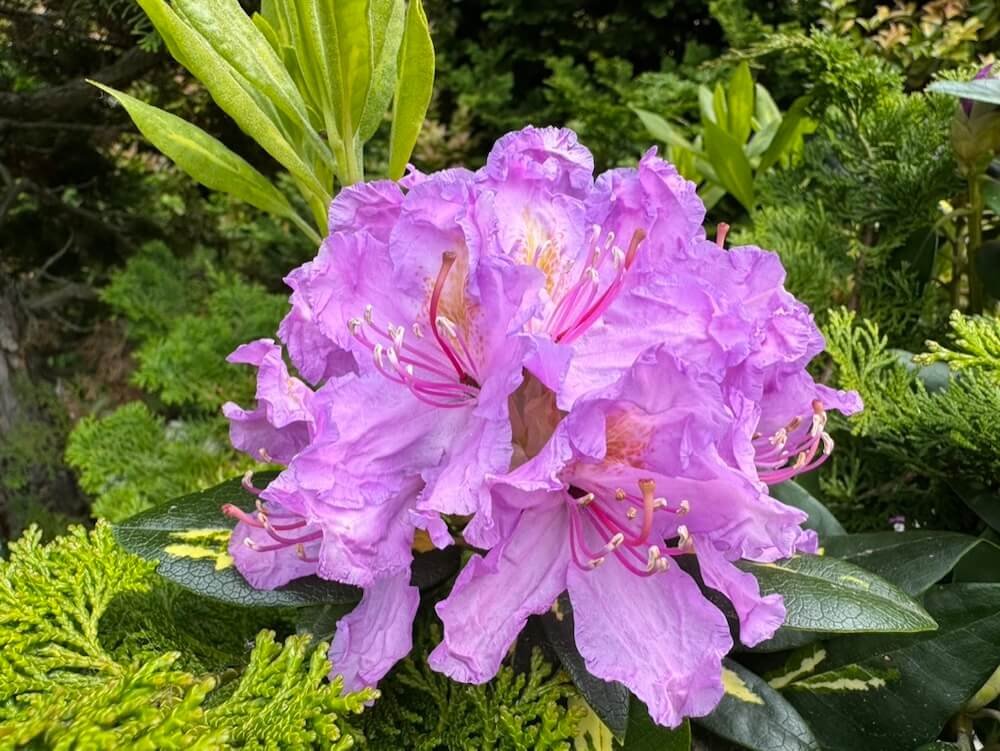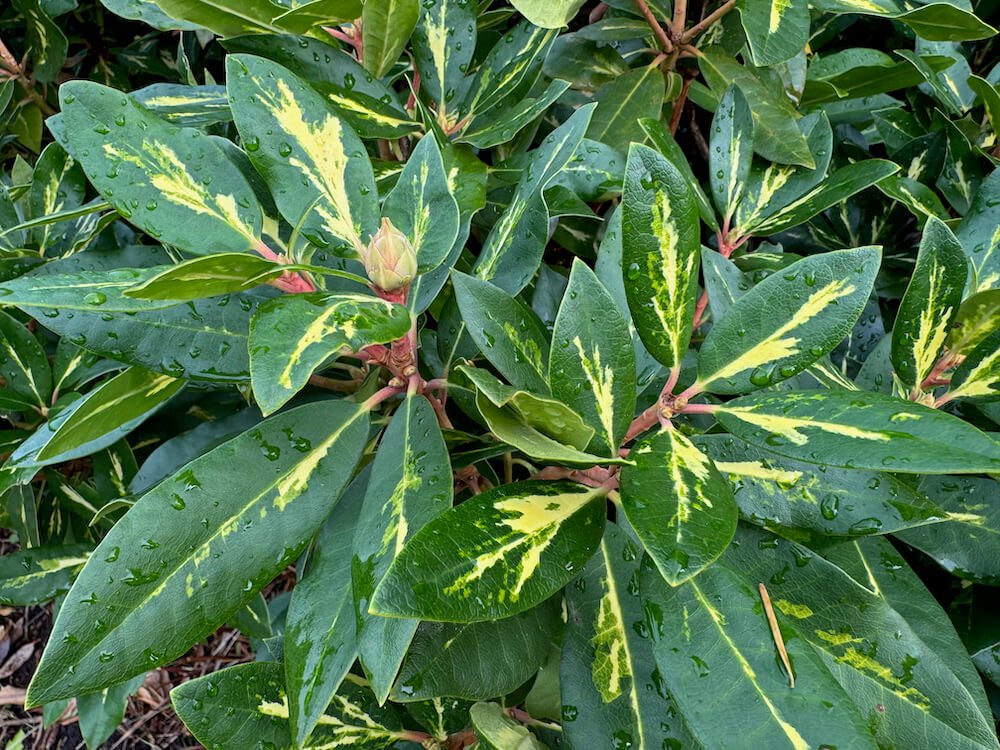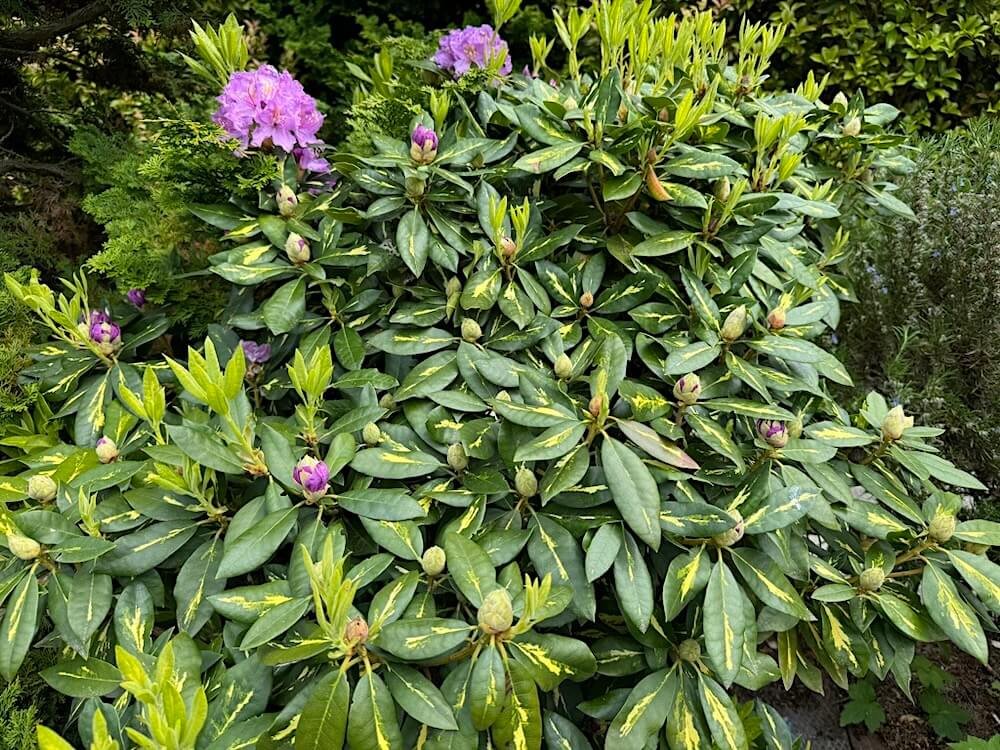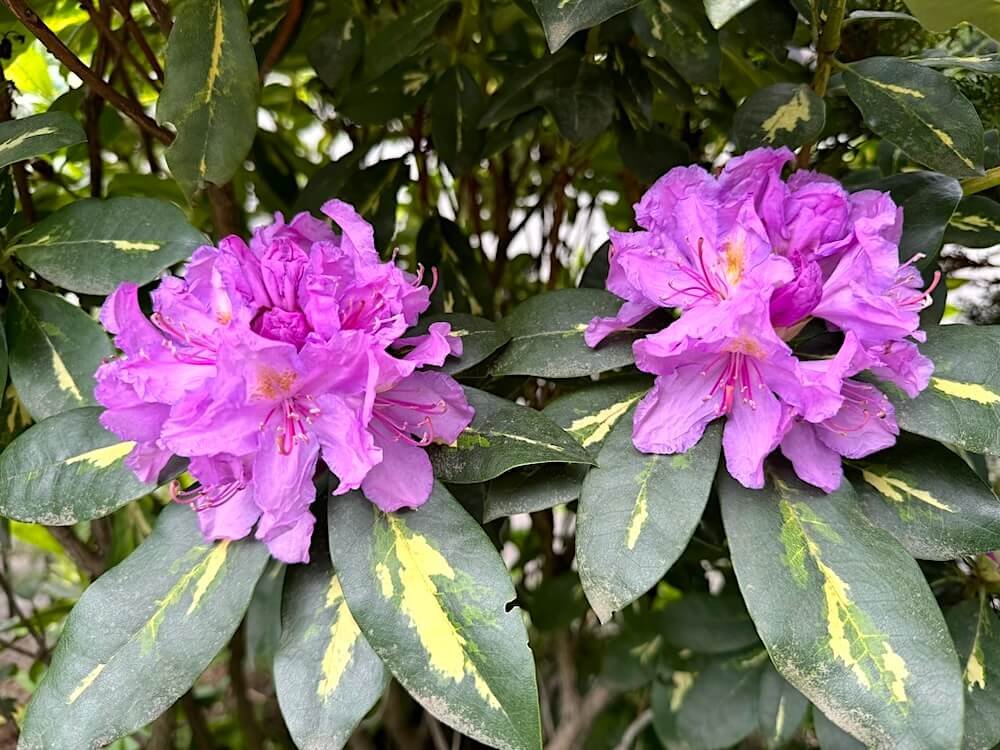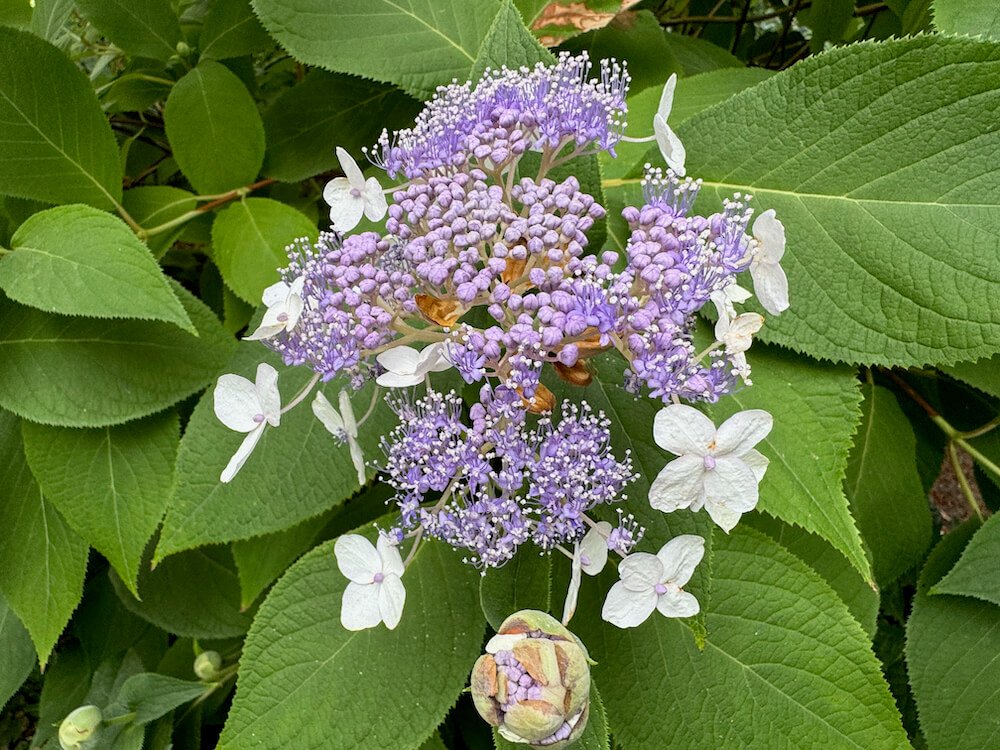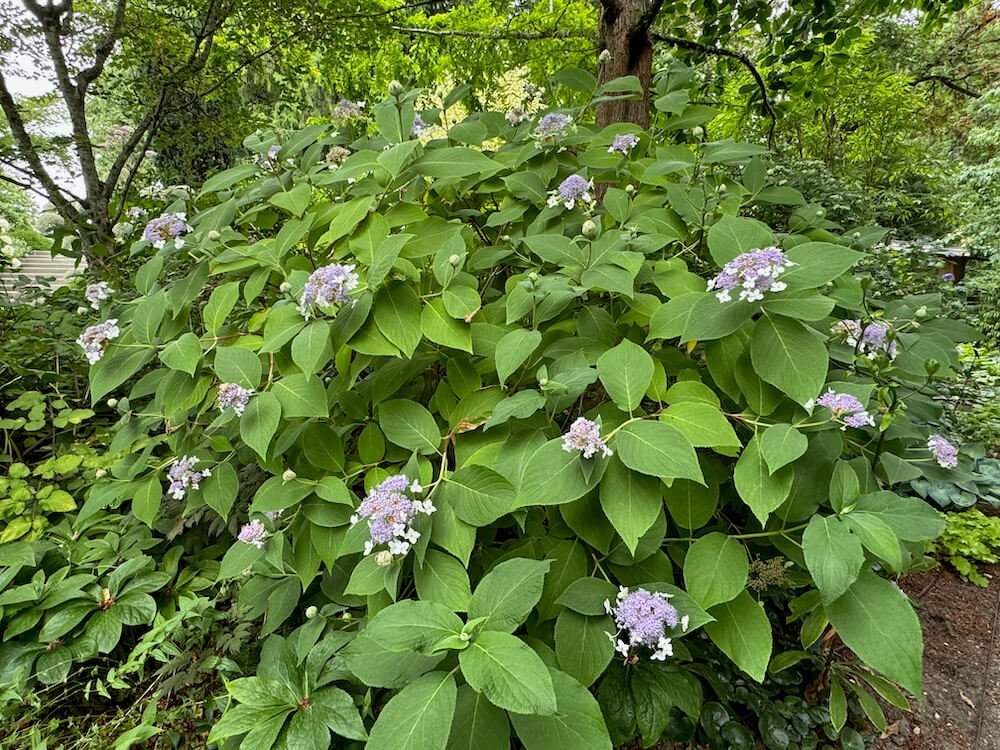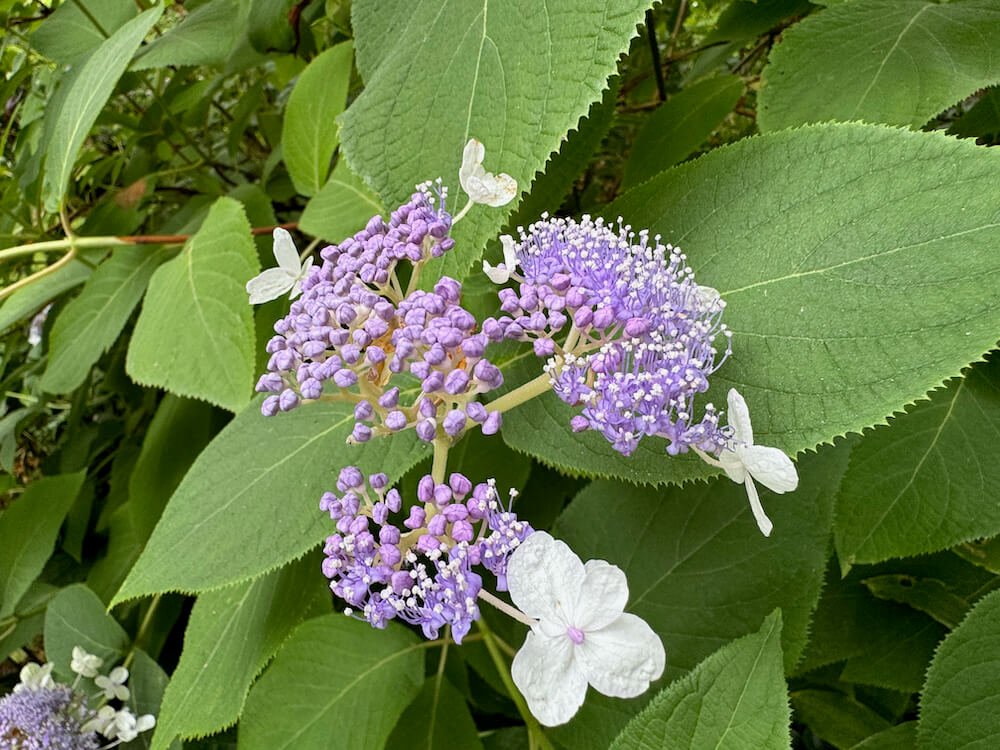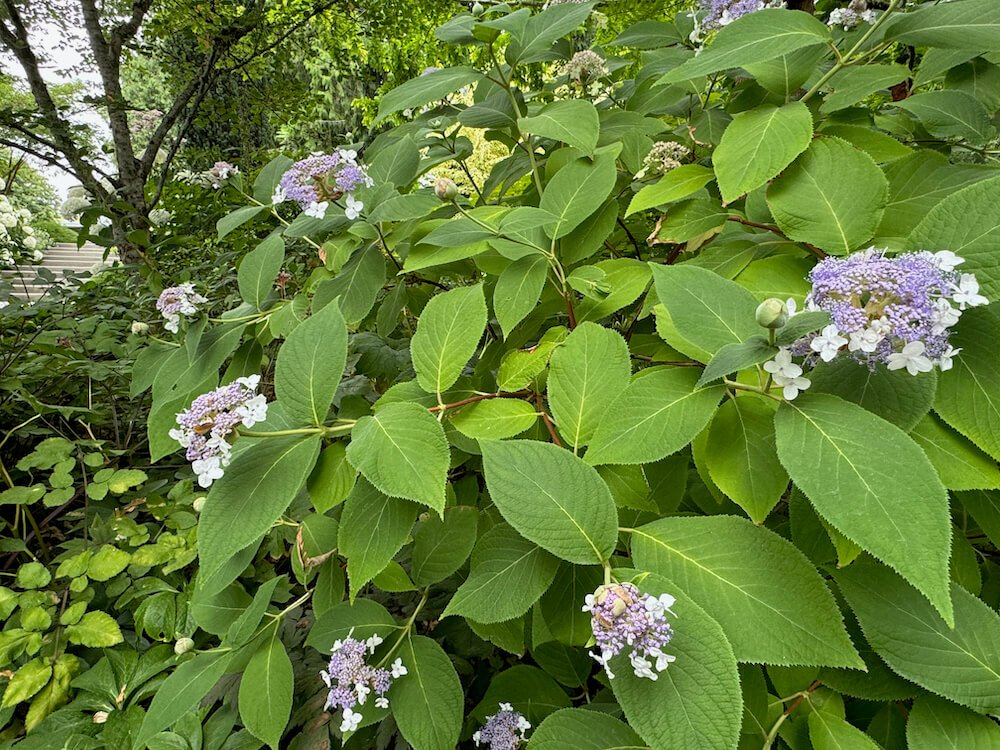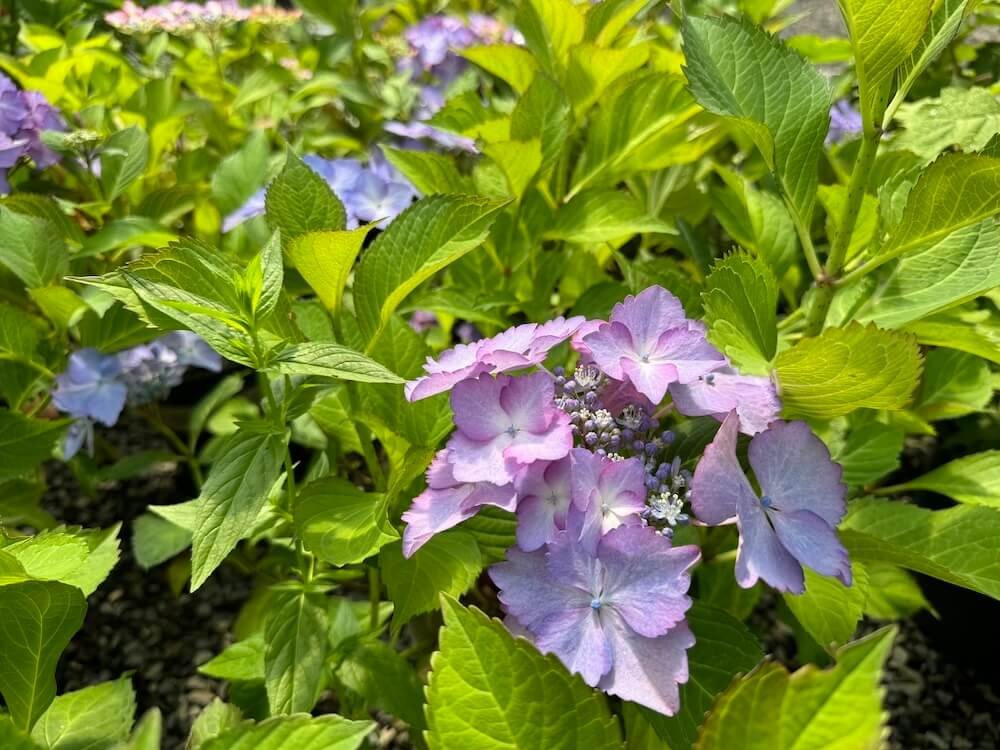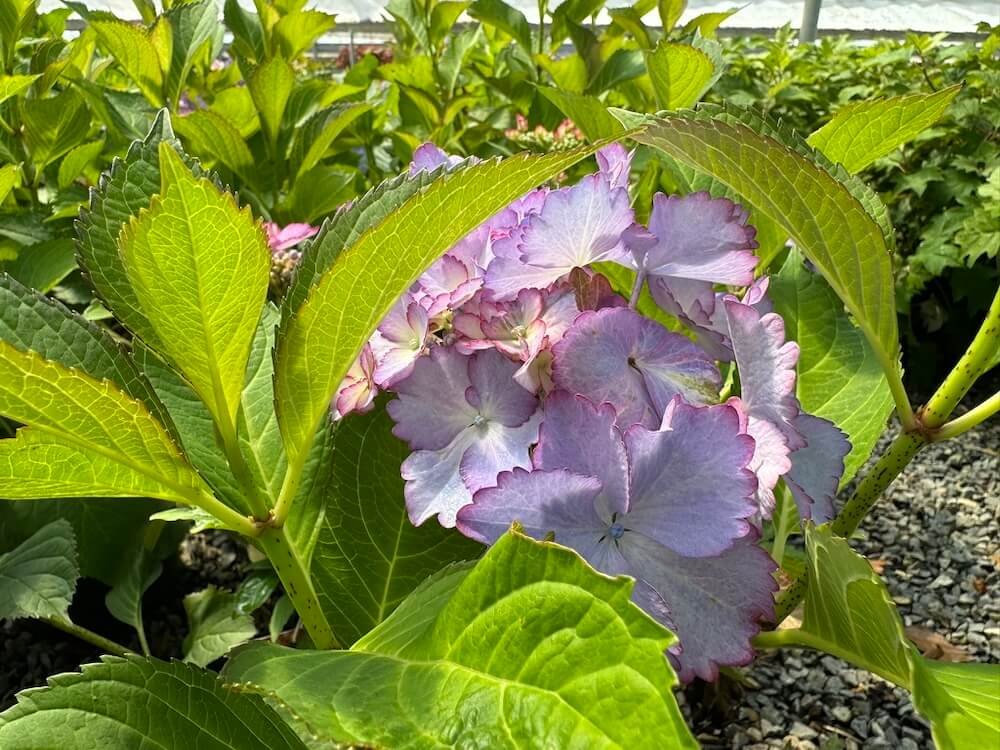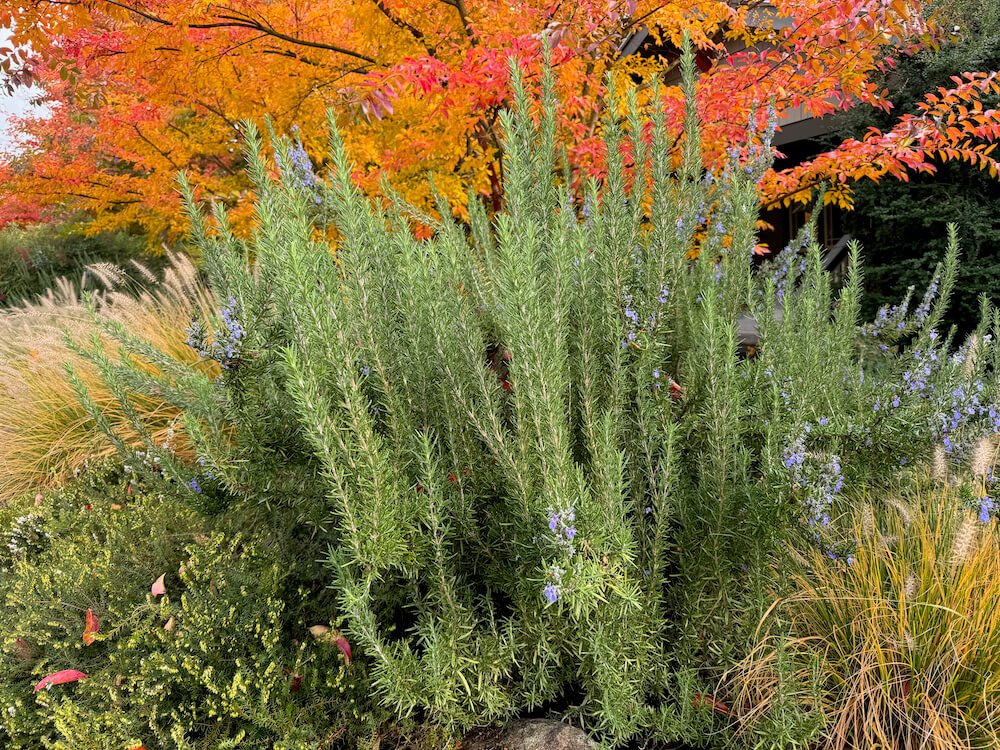 Image 1 of 6
Image 1 of 6

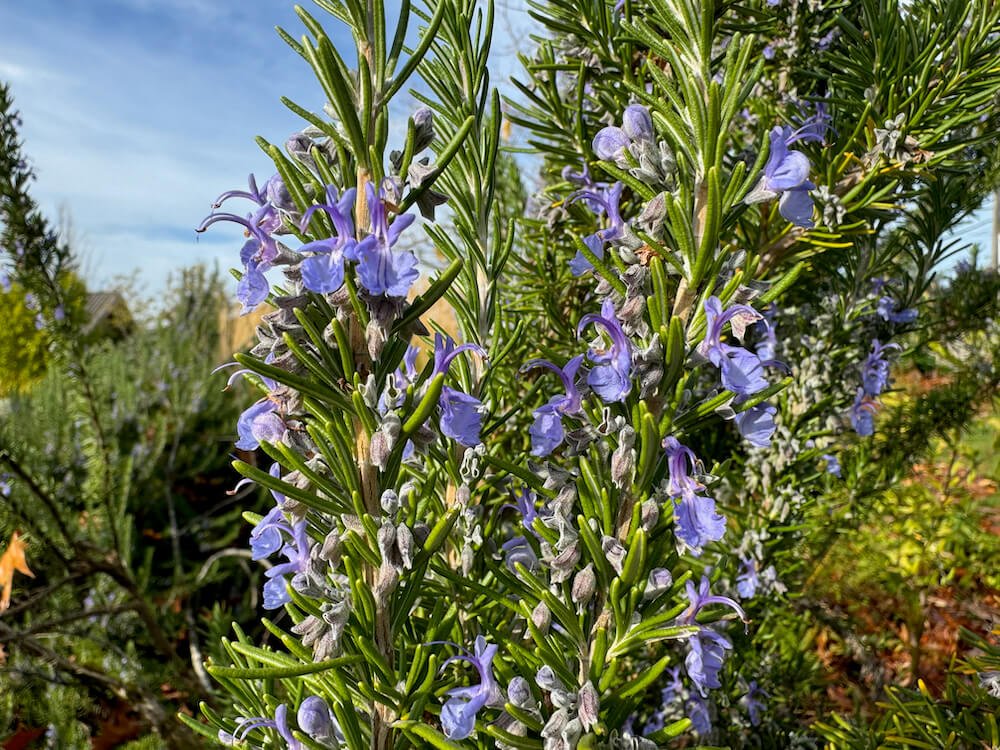 Image 2 of 6
Image 2 of 6

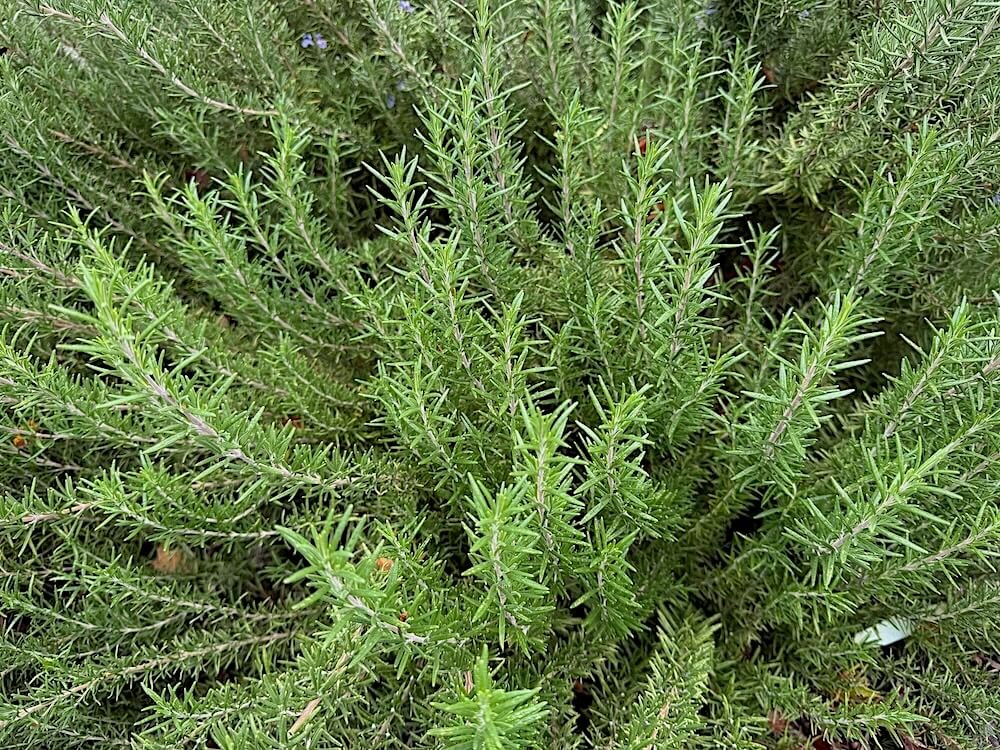 Image 3 of 6
Image 3 of 6

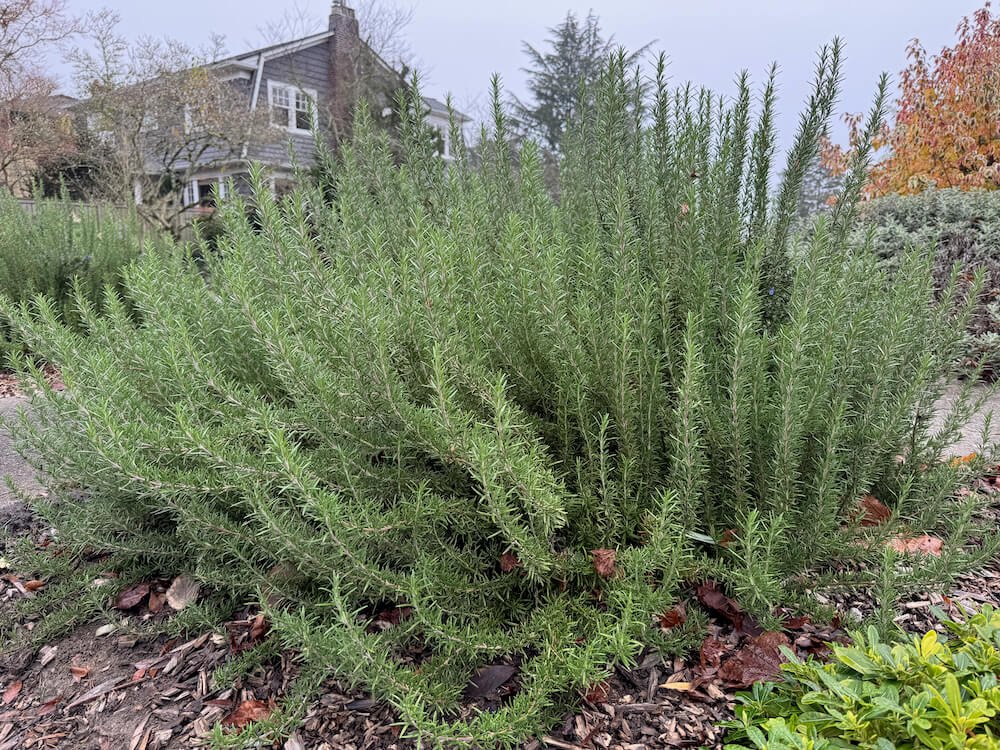 Image 4 of 6
Image 4 of 6

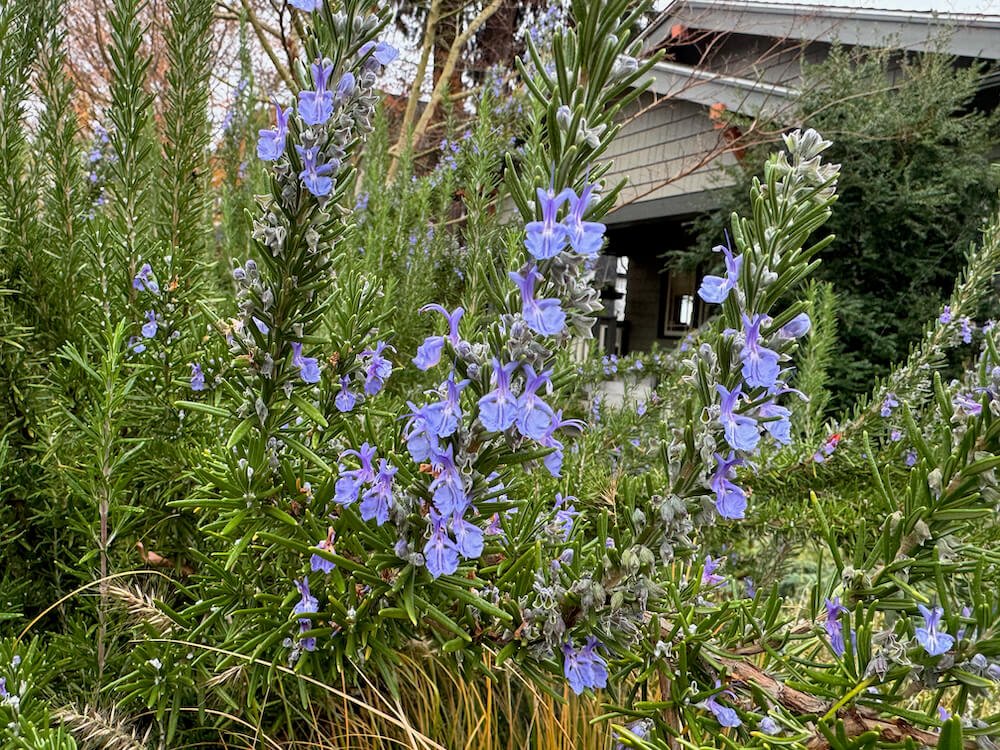 Image 5 of 6
Image 5 of 6

 Image 6 of 6
Image 6 of 6







Rosmarinus officinalis | Rosemary
DESCRIPTION
Rosmarinus officinalis, commonly known as rosemary, is a fragrant, evergreen herb native to the Mediterranean region. This versatile plant is highly valued for its aromatic leaves, which are often used in cooking, especially for flavoring meats, vegetables, and sauces. Rosemary is also known for its attractive, needle-like foliage that is green on top and silvery white underneath. During late winter to early spring, it produces small, tubular flowers in shades of blue, purple, or white, attracting pollinators such as bees.
Historically, rosemary has been used for medicinal purposes, including as a natural remedy for digestion and memory enhancement. The plant thrives in warm, sunny climates and is often grown in herb gardens or as a decorative addition to landscapes. It is widely cultivated both for its culinary uses and ornamental value, with varieties suited for different growing conditions.
DESCRIPTION
Rosmarinus officinalis, commonly known as rosemary, is a fragrant, evergreen herb native to the Mediterranean region. This versatile plant is highly valued for its aromatic leaves, which are often used in cooking, especially for flavoring meats, vegetables, and sauces. Rosemary is also known for its attractive, needle-like foliage that is green on top and silvery white underneath. During late winter to early spring, it produces small, tubular flowers in shades of blue, purple, or white, attracting pollinators such as bees.
Historically, rosemary has been used for medicinal purposes, including as a natural remedy for digestion and memory enhancement. The plant thrives in warm, sunny climates and is often grown in herb gardens or as a decorative addition to landscapes. It is widely cultivated both for its culinary uses and ornamental value, with varieties suited for different growing conditions.
DESCRIPTION
Rosmarinus officinalis, commonly known as rosemary, is a fragrant, evergreen herb native to the Mediterranean region. This versatile plant is highly valued for its aromatic leaves, which are often used in cooking, especially for flavoring meats, vegetables, and sauces. Rosemary is also known for its attractive, needle-like foliage that is green on top and silvery white underneath. During late winter to early spring, it produces small, tubular flowers in shades of blue, purple, or white, attracting pollinators such as bees.
Historically, rosemary has been used for medicinal purposes, including as a natural remedy for digestion and memory enhancement. The plant thrives in warm, sunny climates and is often grown in herb gardens or as a decorative addition to landscapes. It is widely cultivated both for its culinary uses and ornamental value, with varieties suited for different growing conditions.
-
Family: Lamiaceae
Height: 3 to 5 feet
Width: 3 to 4 feet
Foliage color: Dark green, needle-like leaves with a silvery underside
Flower color: Blue, purple, or white, small, tubular
Bloom time: Spring to early summer
Light requirements: Full sun
Water requirements: Moderate
Maintenance: Low; prune to maintain shape
Growing zone: USDA zones 8 to 10
Wildlife attractors: Attracts bees, butterflies, and birds

